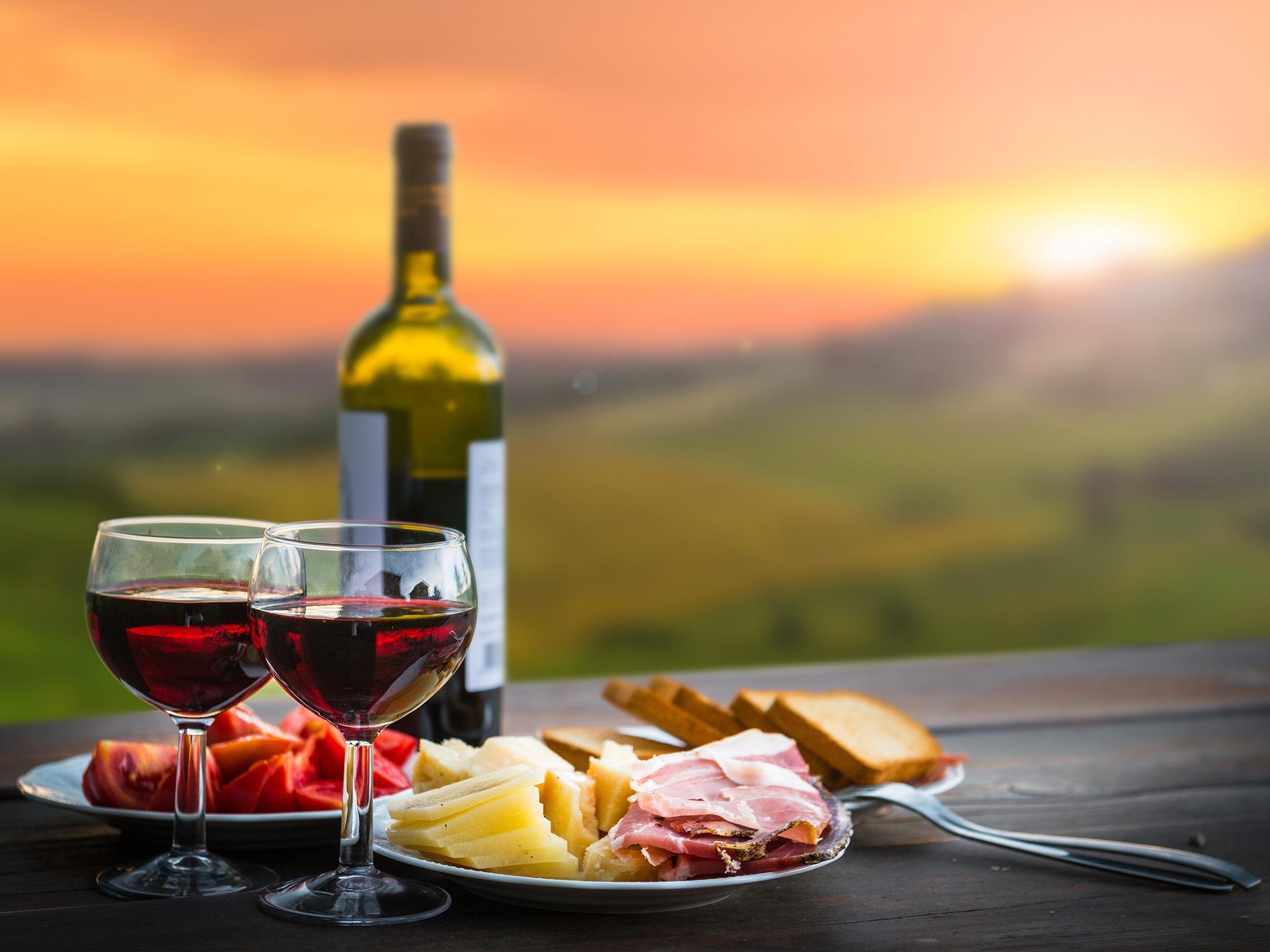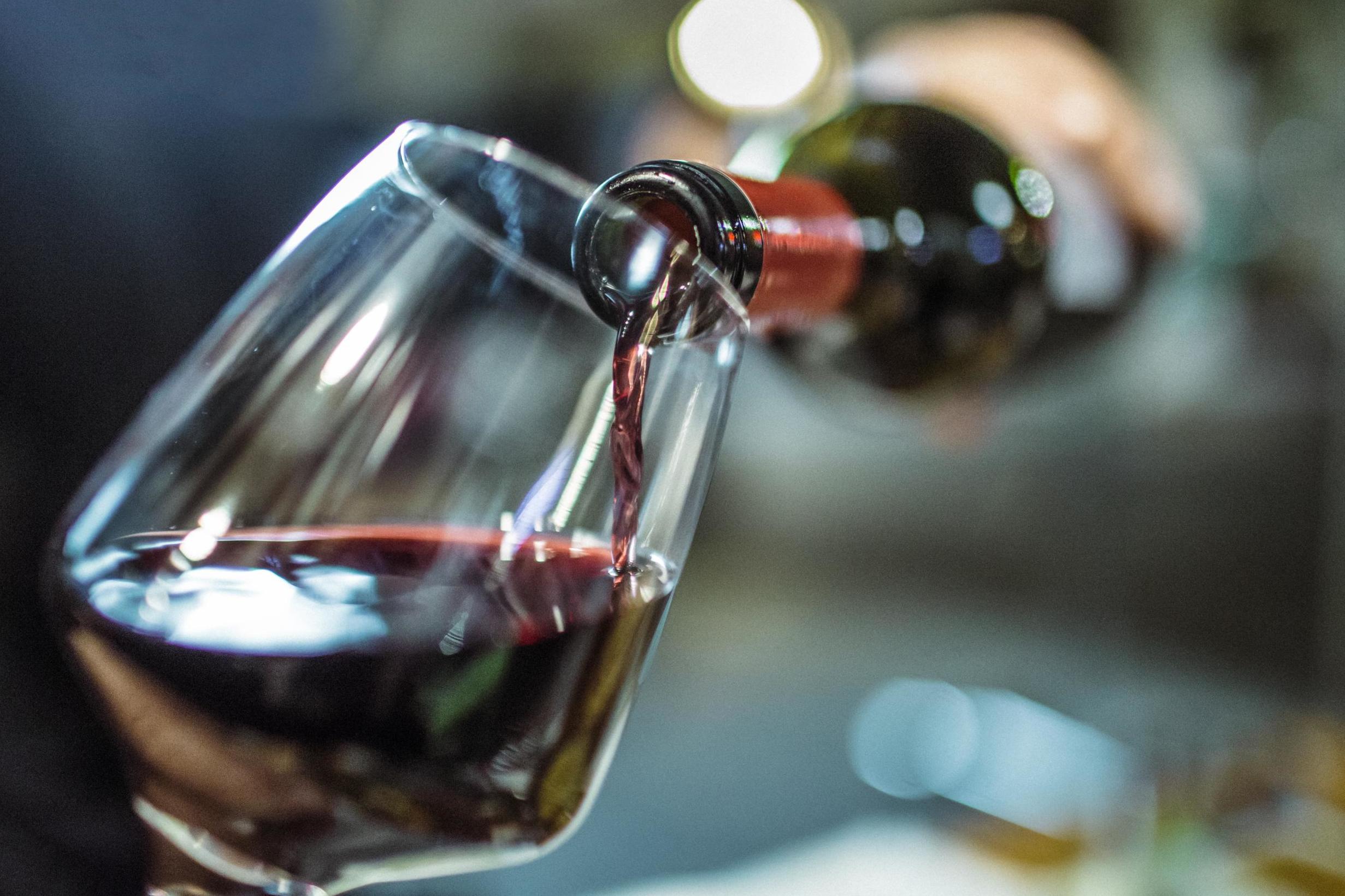10 myths about wine debunked
Including ‘screw cap = plonk’

Anyone who has puckered their lips in horror while drinking a cheap, acrid glass of white wine will know that not all drinks are created equal. But for those of us who aren’t experts, attempting to navigate the wine jargon of “legs” and “punts” in the quest for a decent, good value tipple can send us reaching for a bottom-shelf plonk in desperation.
So, in aid of democratising getting tipsy on top-notch vino, we’ve asked some wine experts to highlight and debunk the biggest myths about wine. Forget everything you think you know about wine; from only pairing meats with red to shunning screw caps.
Legs = better quality
“Some folks look at the slow dribble of wine oozing down the side of the glass – we call this the legs – once it’s been swirled and assume the bigger the legs the better the quality,” comments The Independent’s wine and spirits columnist and brand ambassador for the Vivino wine app Adrian Smith. “In actual fact it’s just a higher concentration of alcohol resulting in the leftover wine sliding down the glass at a slower pace, nothing more.”
Screw caps mean plonk
Nothing quite beats the satisfying “Pop!” as a cork slides free from a wine bottle. So it’s understandable that a screw cap is looked down upon a little. But it’s a myth that a screw cap signals the contents are poor quality.
David Moore, the owner of Michelin-starred London restaurant Pied a Terre says: “The one great advantage of a screw top is that the wine can’t be corked, this is when the wine is infected and takes a very mouldy smell and taste and can’t happen with a screw top.
“On the down side of screw tops, the wine may be a little tingly with CO2, as the gas can’t escape the bottle; giving the bottle a good shake after opening will lift this off the wine.”
Big dimples means the wine is better quality
That dimple in the bottom of a bottle – or punt – signifies that the manufacturer has spent a bit more money on the bottle. So it’s reasonable to assume that it correlates with the contents, too. But “better than literally the worst wine” isn’t the standard we’re trying to hit, now, is it? “A deep punt just means the winery has wasted more resources and money on the glass,” says Peter Mitchell, a master of wine and director of Jeroboams wine shops in London. What the label tells you is more important than the glass it’s stuck on.
A silver spoon keeps bubbly fresh
The idea of this apparent trick is to keep the cool air inside the bottle – but it doesn’t work (who’s keeping their champagne or prosecco for that long, anyway?). What does work, though, is plugging the bottle with a stopper with a vacuum seal, according to Robin Copestick, managing director at i heart Wines.
“Keep it cold – it’s more likely to retain some of its fizz and will still be drinkable for a day or two,” he advises.
You need to spend £££ to drink delicious wine
The saying “you get what you pay for” doesn’t quite work with good-value wine. Of course, the plonk in the supermarket won’t match up to bottles that cost hundreds of pounds, but perfectly quaffable wine is easy to find all over the high street. Smith advises spending around £10 to hit the quality/value sweet spot.
Red wine goes best with cheese
“The tannins in full-bodied red wines are not compatible with the protein in milk products, and strong flavoured cheeses don’t need to compete with a full-bodied red wine,” says Alexis Jamin, head sommelier at Gravetye Manor in Sussex. “Dry white wine is often better suited, or sweet wines can pair beautifully with blue cheese. If you’re ever struggling to pair with cheese, the best bet is to go for a wine local to the area the cheese comes from.”
Old wine is good wine
For those of us not clued up about aged wines, it’s easy to wrongly equate an older bottle with top-notch drink. But that’s not the case. Most wine is produced to be drunk when it’s released, explains Peter Mitchell. “Whilst a small percentage of wine does age well is often not that enjoyable when it is very young, the vast majority of wine today has been made to be ready to drink on release and will not benefit from ageing. Most will keep (if stored properly) for a few years, but few will be as good, let alone have improved.
“The ageing process is a little more complicated and primarily depends on the quality of the vintage, the characteristic of the varietal and the region of origin or the producer, which isn’t always reflective in the cost of the bottle,” adds Clement Robert, head sommelier at 2850 Wine Workshop and Kitchen. “Many wines on the shelf are best drunk sooner rather than later.”
Sulphites cause hangovers
Sorry, but hangovers are caused by alcohol, not sulphites. Robert points towards claims that low-sulphite wines are hangover-free. “Sulphites are used to stabilise and preserve the wine,“ he says. “Low-sulphite wines drunk in excess will give you as sore a head as ever, I’m afraid to say.”

Only white wine goes with fish...
Some white wines do complement the delicate flavours of certain types of fish, but it’s certainly not a blanket rule. “It all depends on the type of fish you’re eating and what sauce comes alongside it,” says Smith. “Take for example a pan-fried salmon – this works perfectly with a Californian Pinot Noir. How about a piece of swordfish? The meaty texture would fit hand in hand with a glass of Merlot. Shrimp in a creamy sauce with pasta? Sangiovese. There’s so many different variations when it comes to wine regardless of the colour, it’s all about experiencing and learning what works along the way.”

...and red wine goes with meat
“A lot of people assume that only heavy reds can stand up to a steak, but you’d be surprised what a generously oaked Chardonnay (think Sonoma or Burgundy) can do when put side by side with a juicy hunk of meat. The rich flavours sit beautifully alongside one another and create a fantastically mouth-watering pairing,” says Smith.
Join our commenting forum
Join thought-provoking conversations, follow other Independent readers and see their replies
Comments
Bookmark popover
Removed from bookmarks